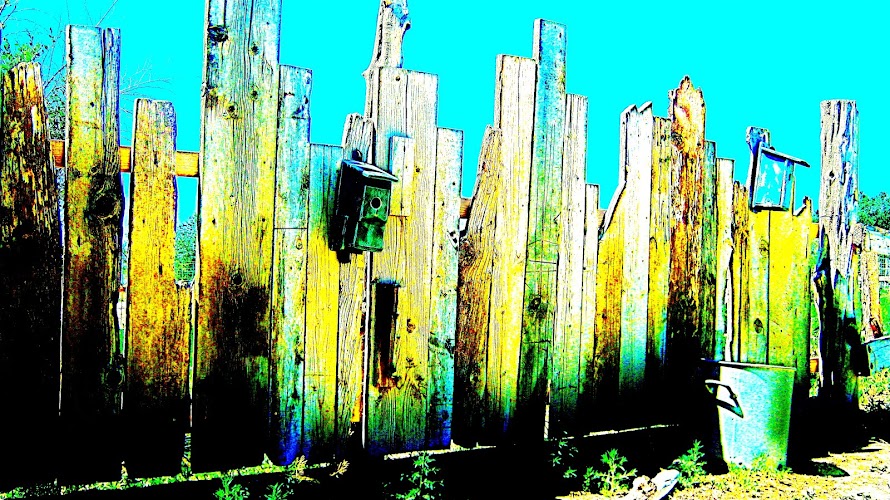Here are a few guidelines for determining the best time to plant your seeds.
Using a soil temperature gauge is a good indicator of when your soil has warmed sufficiently to allow your seeds to germinate. I have noticed over the years that planting my seeds of cool season crops a week behind the volunteers ( greens, lettuce, chard, spinach, etc.) that pop up in the spring usually results in a good germination and growth rate.
Soil Temperature Conditions for
Vegetable Seed Germination
Vegetable Seed Germination
35 degrees- spinach, lettuce, onion, parsnip
40
degrees- beet, cabbage, carrot,
cauliflower, celery, chard, garlic, parsley,
pea ,radish, turnips
50
degrees-asparagus, corn
60
degrees-beans, cucumber, eggplant, musk
melons, pepper, pumpkin, squash, watermelon
 |
| Arugula is one of the first volunteers to sprout in the early spring |
COOL SEASON CROPS
30 degrees- Asparagus. Rhubarb
40-65
degrees- beet, broccoli, Brussels sprouts,
cabbage, chard, collard, horseradish, kale, kohlrabi, parsnips, radish,
rutabaga, sorrel, spinach, turnip
45-75
degrees-artichoke, carrot, cauliflower,
celeriac, celery, chicory, Chinese cabbage, endive Florence fennel, lettuce,
mustard, parsley, pea, potato
45-85
degrees- chicory, chives, garlic, leeks, onion, salsify, shallots
WARM
SEASON CROPS
60-90 degrees- beans, lima
beans, corn, cucumber, musk melon, new Zealand spinach, pumpkin, squash,
HOT
SEASON CROPS
65-100
degrees-eggplant, hot pepper, okra, sweet
potato, tomato, watermelon
Hot weather crops need to be grown in the Green house at the Farm in Beryl. Cold nights and late frosts until the end of JUNE inhibit their growth. However, I had a beautiful outdoor crop of peppers and tomatoes in Roosevelt.
Start seeds indoors for these warm weather veges
I also recommend planting seeds of winter squash, summer squash, and cucumbers instead of buying plants.
Click here for the post
picture proof that seeds planted at the right soil temperature will out preform transplants.
































